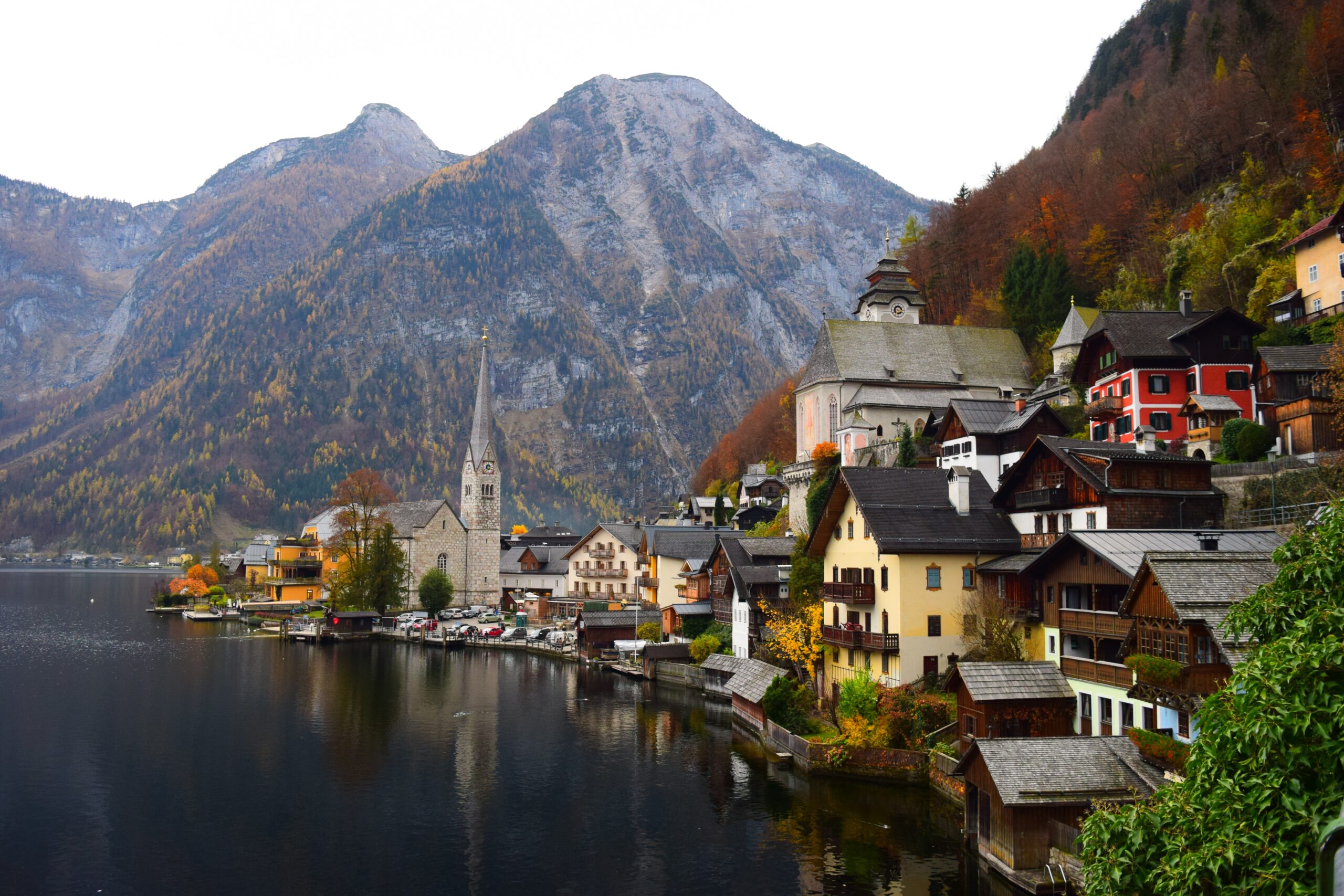
Planning a trip to Europe? Discover the best time to travel to Europe based on weather, crowds, and budget.
Europe is a popular destination for travelers from all over the world.
It’s known for its rich history, stunning architecture, vibrant culture, and breathtaking scenery.
Whether you’re interested in exploring the cities, soaking up the sun on a beach, or skiing in the Alps, Europe has something to offer for everyone.
But with so many options, it can be challenging to decide when to go.
In this article, we’ll guide you through the best time to travel to Europe, depending on your interests and preferences.
Factors to Consider When Choosing the Best Time to Travel to Europe
When planning a trip to Europe, there are several factors to consider when deciding the best time to visit. Here are some key factors to keep in mind:
1. Weather
Summer (June-August)
Summer is the peak season in Europe, and it’s not hard to see why.
The weather is warm, the days are long, and there are plenty of outdoor activities to enjoy.
From music festivals to open-air markets and outdoor cafes, the cities come alive with tourists and locals alike.
It’s also an ideal time to hit the beaches of the Mediterranean and enjoy the sun and sand.
However, keep in mind that summer is the busiest and most expensive time to travel to Europe, so be prepared for large crowds and high prices.
Spring (March-May)
Spring is a beautiful time to visit Europe, especially if you’re interested in exploring the countryside and gardens.
The weather is mild, and the flowers are in full bloom, making for some stunning photo opportunities.
It’s also an ideal time to visit the cities, as the crowds are smaller, and the prices are more affordable than in the peak summer months.
You’ll also have the chance to attend local events and festivals, such as the Easter celebrations in Rome and the Tulip Festival in Amsterdam.
Fall (September-November)
Fall is a great time to visit Europe if you’re looking to avoid the crowds and enjoy cooler temperatures.
The weather is mild, and the leaves begin to change, making for some stunning scenery.
It’s also an ideal time to sample the local cuisine, as many of the seasonal dishes come into season.
The cities are less crowded, and the prices are lower than in the peak summer months, making it an excellent time to explore without breaking the bank.
Winter (December-February)
Winter is a magical time to visit Europe, especially if you’re interested in experiencing the holiday season.
The cities come alive with festive lights and markets, and the ski resorts in the Alps offer some of the best skiing and snowboarding in the world.
It’s also an ideal time to sample the local cuisine, as the winter dishes come into season.
However, keep in mind that some attractions and restaurants may be closed during the winter months, so be sure to plan ahead.
2. Budget
Another important factor to consider when planning a trip to Europe is your budget.
The peak season (summer months) can be expensive, with higher prices for flights, accommodation, and activities.
If you’re traveling on a budget, consider visiting during the shoulder season (spring or autumn), when prices are lower and crowds are smaller.
Winter can also be an affordable time to visit, as long as you’re prepared for the colder weather.
3. Crowds
As mentioned earlier, the summer months are the busiest time to visit Europe, with crowds of tourists filling the popular cities and attractions.
If you prefer a more peaceful experience, consider traveling during the shoulder season or winter months when crowds are smaller.
Keep in mind that some attractions and activities may be closed during the winter months, so be sure to research ahead of time.
4. Events and Festivals
Europe is home to a wide variety of events and festivals throughout the year. From music festivals to cultural celebrations, there’s always something happening.
If there’s a specific event or festival you’re interested in attending, be sure to plan your trip around it.
Some popular events include the Cannes Film Festival (May), Oktoberfest (September/October), and New Year’s Eve celebrations (December).
Conclusion
In conclusion, the best time to travel to Europe depends on a variety of factors, including your budget, preferred weather, and desire to avoid crowds.
No matter when you choose to visit, Europe offers a wealth of experiences and attractions that are sure to create lasting memories.
Whether you’re exploring historic landmarks, indulging in local cuisine, or simply soaking up the vibrant culture, a trip to Europe is always a good idea.
Frequently Asked Questions
1. What is the cheapest time to travel to Europe?
The cheapest time to travel to Europe is typically during the low season, which is November to March, excluding the holidays.
2. What is the busiest time to travel to Europe?
The busiest time to travel to Europe is during the summer months, from June to August.
3. What are the best places to visit in Europe during the summer?
Some of the best places to visit in Europe during the summer include the beaches of Greece, Spain, and Portugal, as well as popular cities like Paris, Amsterdam, and Rome.
4. Is it safe to travel to Europe during the winter?
Yes, it is safe to travel to Europe during the winter, but it’s important to pack appropriately for the colder weather and potential travel disruptions due to snow and ice.
5. What are some off-the-beaten-path destinations to visit in Europe?
Some off-the-beaten-path destinations to visit in Europe include the Faroe Islands, Ljubljana in Slovenia, Tallinn in Estonia, and Transylvania in Romania.








